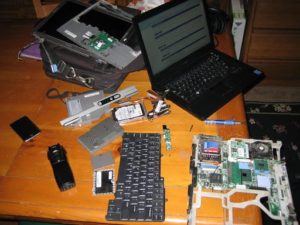This is just a quick list of notes and links looking at cheap Chinese laser cutters and possible uses
Materials:
Acrylic
Cardboard
Leather
Denim
Felt
MDF
Chipboard
Sugar
Rubber
Paper – books
Glass?
craft foam
Mirror (back)
rocks
sponges
beans
Materials to Avoid:
Vinyl – PVC
Kydex
ABS
Project Ideas :
Superhero masks
Catan
Stencils
Stickers?
Inlays
Comic prints
instrument panels
Plant tags
Stamps
Gloves
Holster
Topo Maps
Tokens
Records
cut pipes
name tags
license plate covers
https://www.ebay.com/itm/152532418116?ul_noapp=true
https://www.ebay.com/itm/Water-Break-Protection-40W-CO2-Laser-Engraver-Crafts-Cutter-w-Panel-Control/162448714948?hash=item25d2b2acc4:g:vWQAAOSwTM5Y2ysr
https://fslaser.com/Products/Lasers
http://en.voiernlaser.com/index.html
salewang@voiernlaser.com
https://lightburnsoftware.com
https://cncpro.yurl.ch/
http://svgnest.com/
